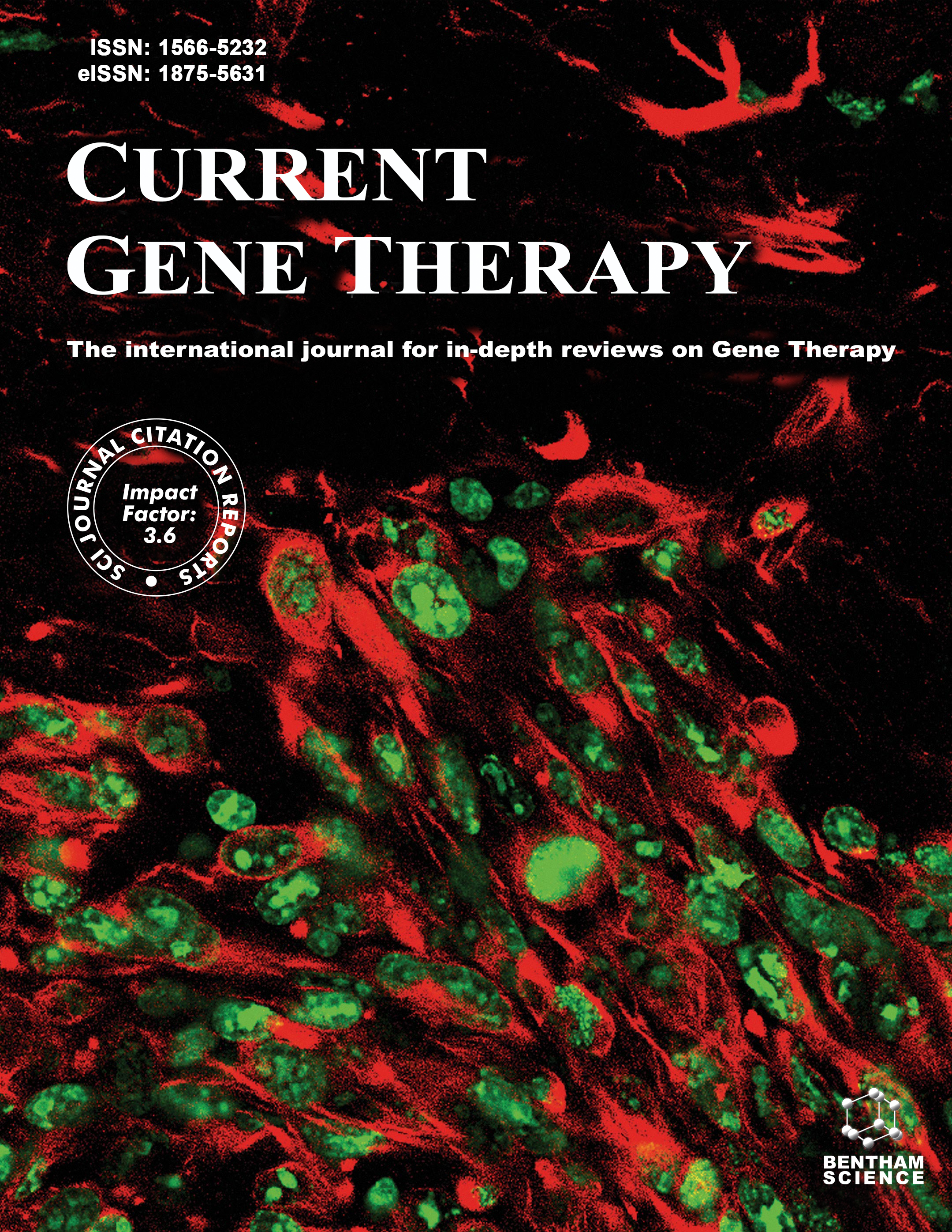
Full text loading...

Hereditary forms of diabetes, including Maturity-Onset Diabetes of the Young (MODY) and Neonatal Diabetes Mellitus (NDM), are rare monogenic disorders caused by mutations in genes involved in pancreatic development, beta-cell function, and insulin secretion. Unlike the polygenic nature of type 1 and type 2 diabetes, these forms provide a unique model for precision medicine.
A comprehensive literature review was conducted to explore the molecular genetics, clinical features, diagnostic advancements, and therapeutic strategies related to MODY and NDM. Particular focus was placed on genotype-phenotype correlations and responsiveness to targeted treatments.
Distinct gene mutations such as GCK, HNF1A, and HNF4A in MODY, and KCNJ11, ABCC8, and INS in NDM are associated with specific clinical characteristics and treatment responses. Genetic testing plays a crucial role in early diagnosis and management. For instance, sulfonylurea therapy has effectively replaced insulin in some cases of NDMre with KATP channel mutations. In MODY, accurate genetic classification helps guide the use of oral hypoglycemics or dietary interventions instead of unnecessary insulin therapy.
Understanding the genetic basis of MODY and NDM has enabled clinicians to personalize treatment plans, improving disease outcomes. Genetic diagnosis not only facilitates better classification but also informs prognosis and guides family screening. Despite these advances, challenges remain in access to testing and awareness among healthcare providers.
Molecular insights into MODY and NDM have revolutionized their diagnosis and treatment. Gene-based therapeutic approaches enhance glycemic control and quality of life, marking a significant step toward precision medicine in diabetes care. Ongoing research will be key to further optimizing individualized treatment strategies.

Article metrics loading...

Full text loading...
References


Data & Media loading...